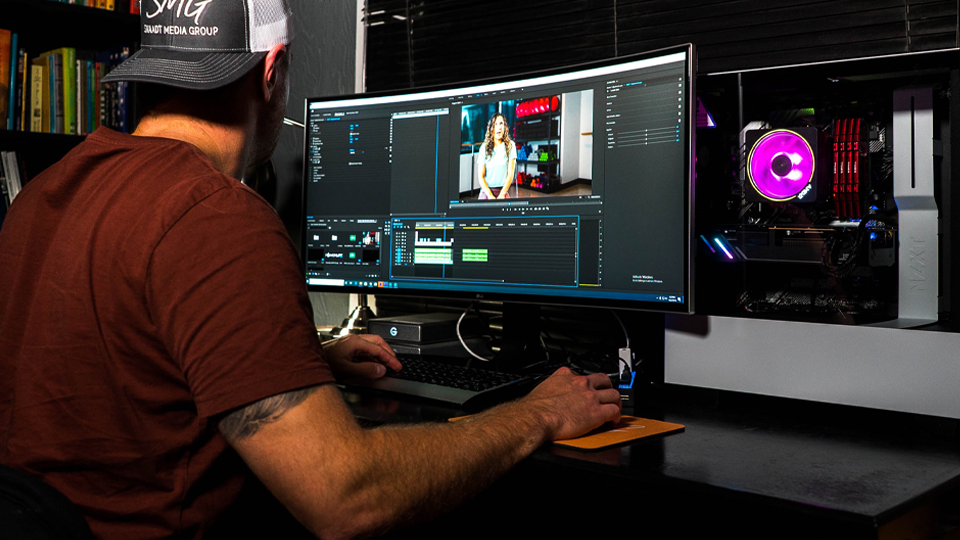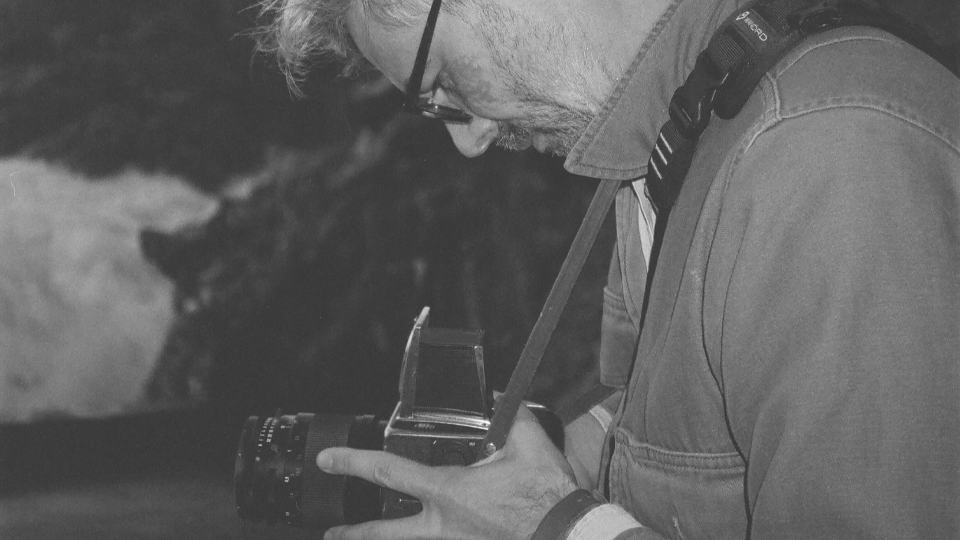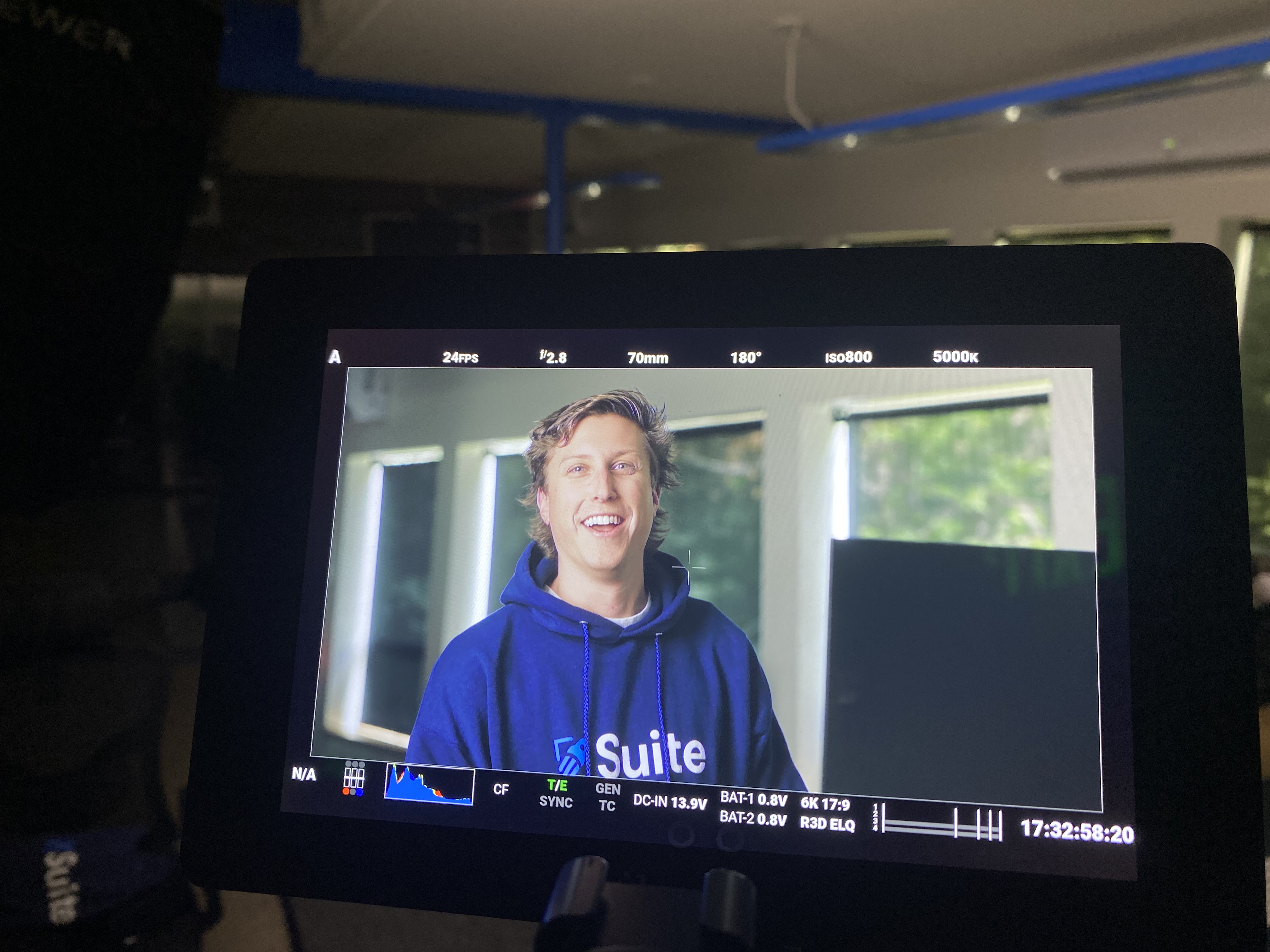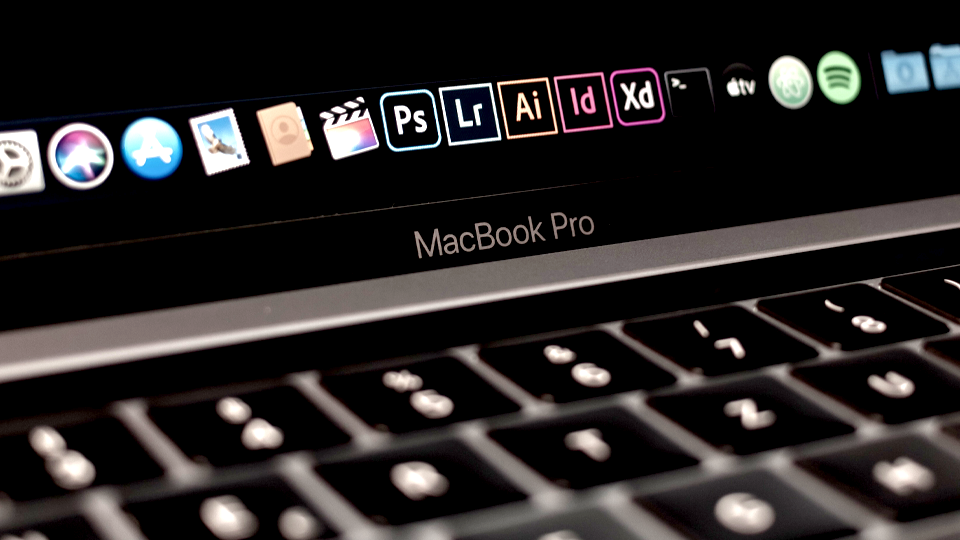The power of the Edit: The art of chopping & cutting video timelines
The Editors

5 Minutes

The final cut is created in the Edit Bay.
Editing is essential to any story—there’s always a way to make the first draft better. Through the art of cutting and assembling footage, video editors have a crucial part in shaping the narrative of a story, control pacing, ensure continuity, and, essentially, create the emotional rhythm of a movie. From cutting film strips with scissors, to non-linear editing techniques, this blog explores the importance of the edit from every angle, using examples in film to showcase this vital task.
Understanding Video Editing: A Comprehensive Introduction
Video editing has evolved significantly over the years, moving from the chop-and-cut methods of the past to the flexible, dynamic processes we use today. At the heart of modern video editing is the concept of non-linear editing (NLE), which allows editors to work on a digital copy of the footage, preserving the original content and offering unparalleled creative freedom. In non-linear editing, edits are non-destructive, meaning the original video files remain untouched, allowing for endless experimentation without fear of damaging the source material.
In modern filmmaking, Editors use a timeline-based interface—like Avid or Adobe Premiere Pro—which visually represents the sequence of the project, making it easier to organize and adjust media elements to craft a compelling narrative. This method also supports multitrack editing, enabling the simultaneous manipulation of multiple layers of video, audio, and effects, facilitating complex compositions and seamless integration of various media elements.
One of the significant advantages of NLE is the instant access to clips. Editors can quickly navigate through large amounts of footage without the need to rewind or fast forward. Additionally, the digital nature of NLE allows for a vast array of effects and transitions, such as color correction, filters, and visual transitions like fades and wipes, all of which enhance the visual appeal and help convey specific moods or tones.
Cutting and trimming clips to remove unwanted sections and assemble the desired sequence is another core aspect of non-linear editing, essential for refining the narrative and pacing of the video. The organization and management of media assets are streamlined through the use of bins or folders, keeping the workflow orderly, especially in projects with numerous assets.
Real-time preview capabilities allow editors to see changes instantly without rendering, providing immediate feedback and facilitating quick adjustments. NLE software often integrates seamlessly with other applications, such as audio editors, motion graphics tools, and color grading software, creating a comprehensive and streamlined workflow that enhances productivity.
Metadata and tagging features improve efficiency by making it easier to locate specific shots or segments during the editing process, too. Collaborative editing capabilities, supported by cloud-based solutions like Suite, enable multiple editors to work on the same project from anywhere.
Pacing: Whiplash
Damien Chazelle's Whiplash showcases masterful editing to control pacing and build tension. Editor Tom Cross used rapid cuts during many of the intense drumming scenes to reflect the protagonist’s (Miles Teller) increasing desperation and drive for perfection. These fast-paced sequences contrast sharply with the slower, more contemplative scenes, creating a dynamic rhythm that mirrors the emotional highs and lows of the compelling storyline—and jazz itself.
Continuity: The Matrix (1999)
The Matrix, directed by the Wachowskis, is an excellent example of how editing ensures continuity in action sequences. Editor Zach Staenberg seamlessly integrated complex fight scenes and special effects to maintain a coherent and engaging narrative: The iconic lobby shootout scene exemplifies this effort, with meticulously timed cuts that keep the action fluid and comprehensible. Staenberg's editing maintains spatial and temporal coherence, ensuring that the audience can follow the action without confusion. This attention to continuity helps to sustain the film's immersive quality, allowing viewers to remain fully engaged in the story's intricate world.
Emotional Rhythm: Up (2009)
Pixar's Up, directed by Pete Docter and Bob Peterson, demonstrates the power of editing in creating an emotional rhythm. The opening sequence, which depicts the life story of Carl and Ellie, is a masterclass in emotional storytelling through editing. Simply put, Editor Kevin Nolting uses a series of carefully chosen shots and transitions to convey a wide range of emotions, from joy to heartbreak, in a short amount of time. The montage's editing rhythm guides the audience through the couple's life journey, with each cut crafted to evoke specific emotional responses. The introductory sequence's pacing and shot selection create a poignant and impactful narrative that sets the thoughtful & heartfelt tone for the rest of the film.
Final Thoughts
Film editing is a powerful tool in shaping a movie's narrative, affecting pacing, continuity, and emotional rhythm, and much more. By examining the techniques used in films like Whiplash, The Matrix, and Up, it’s easier to appreciate how editors help craft compelling stories that resonate with audiences. The next time you watch a movie, television show, or a commercial, take note of the cuts between scenes, and consider how those edits worked to affect the tone of the video.
For more behind the scenes storytelling on film, click here.




































